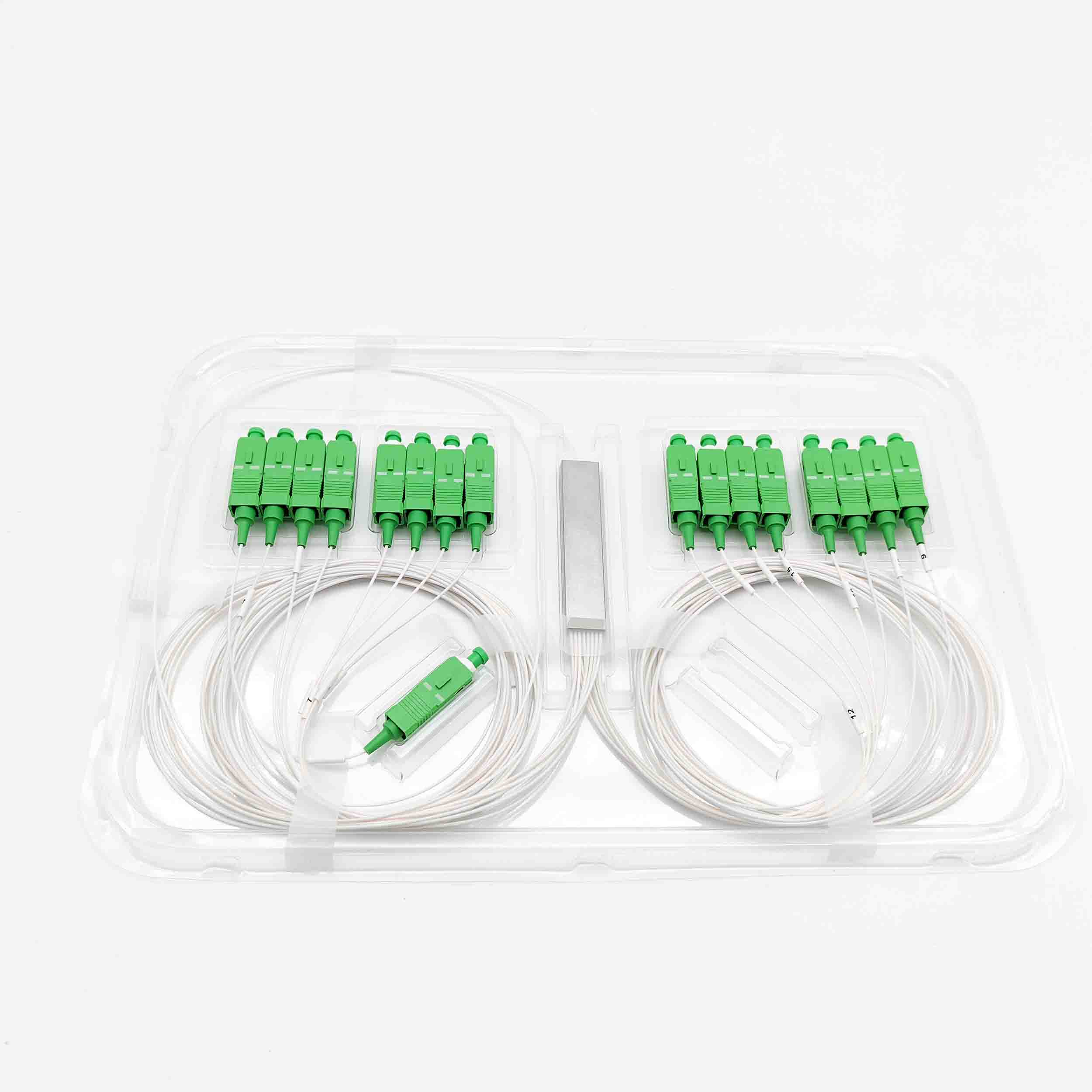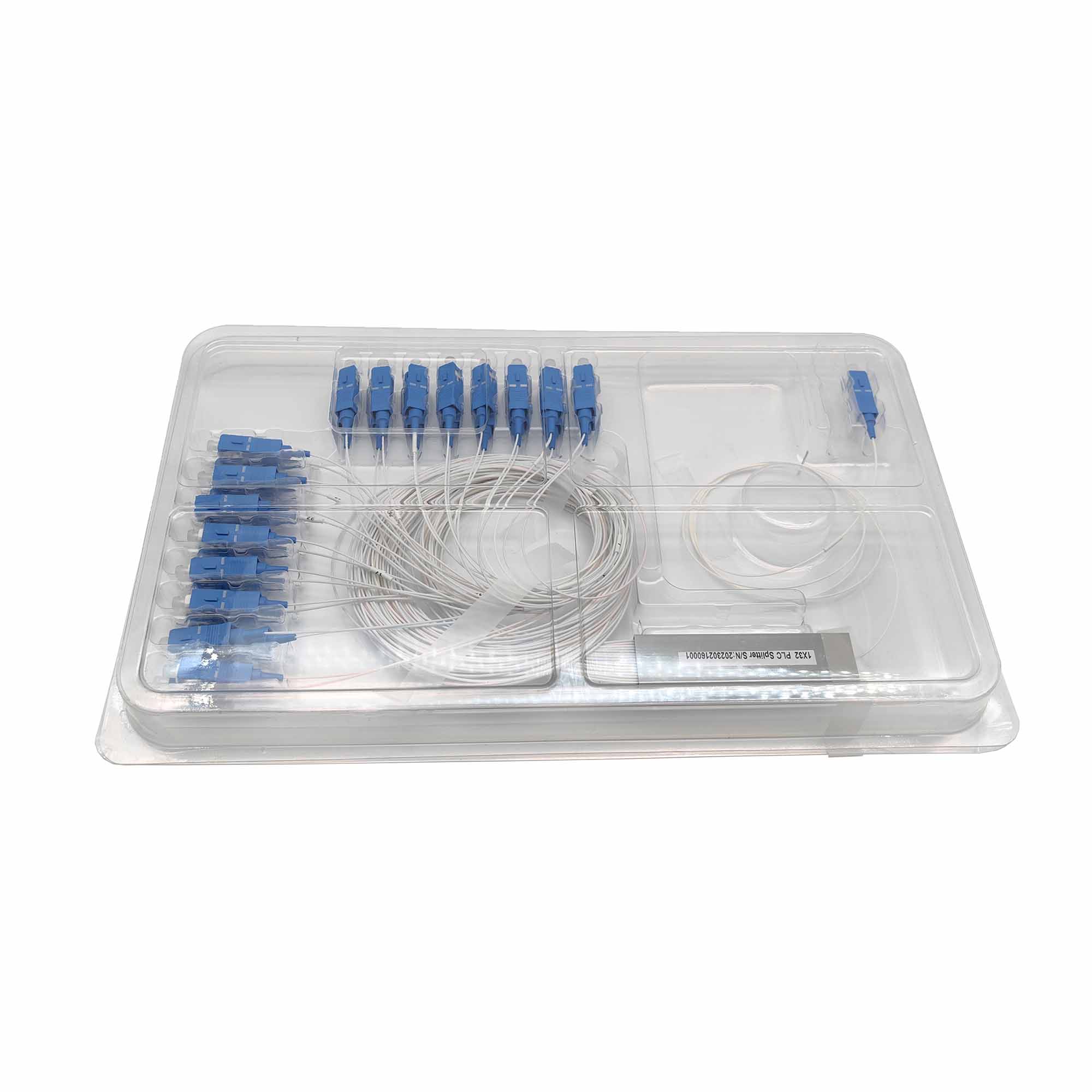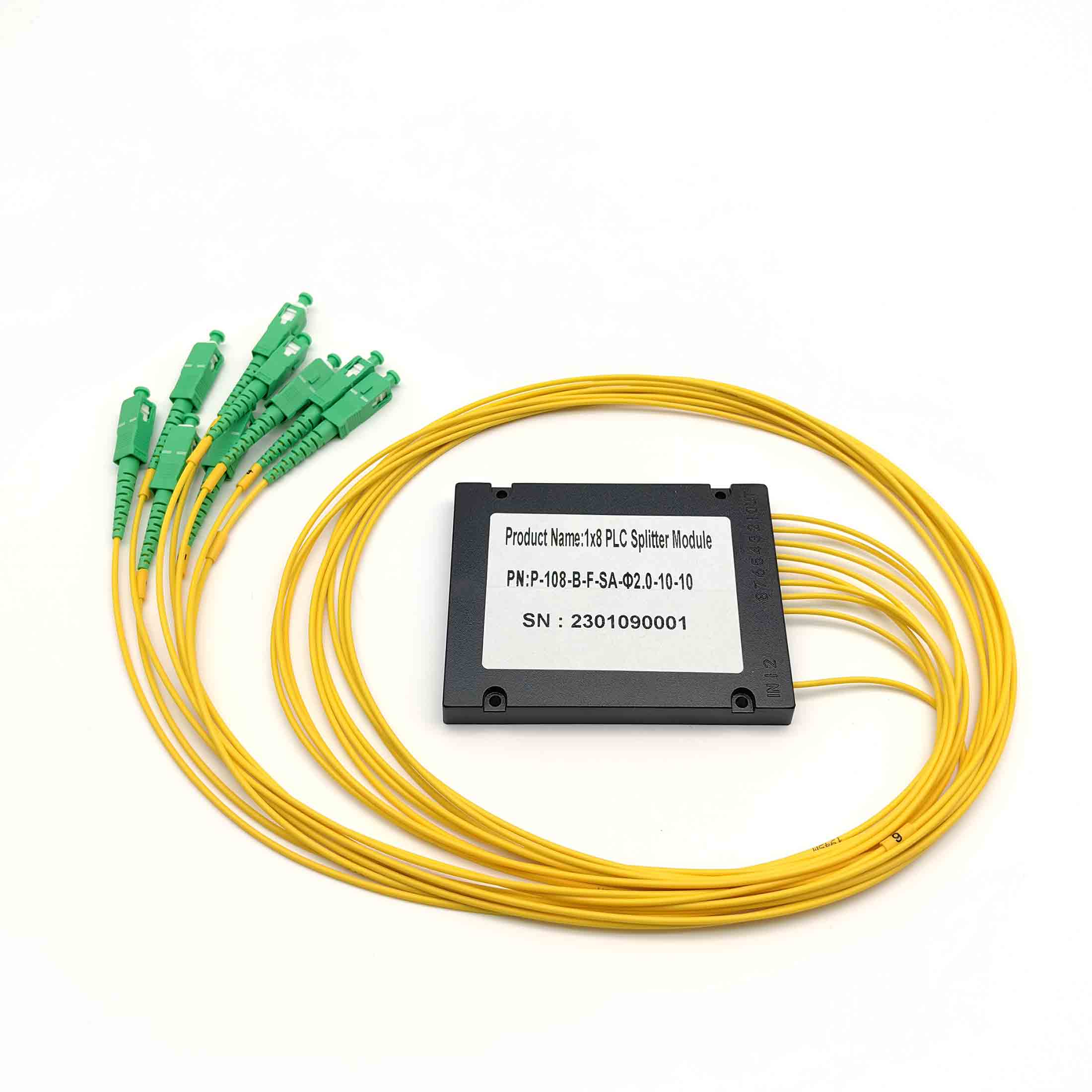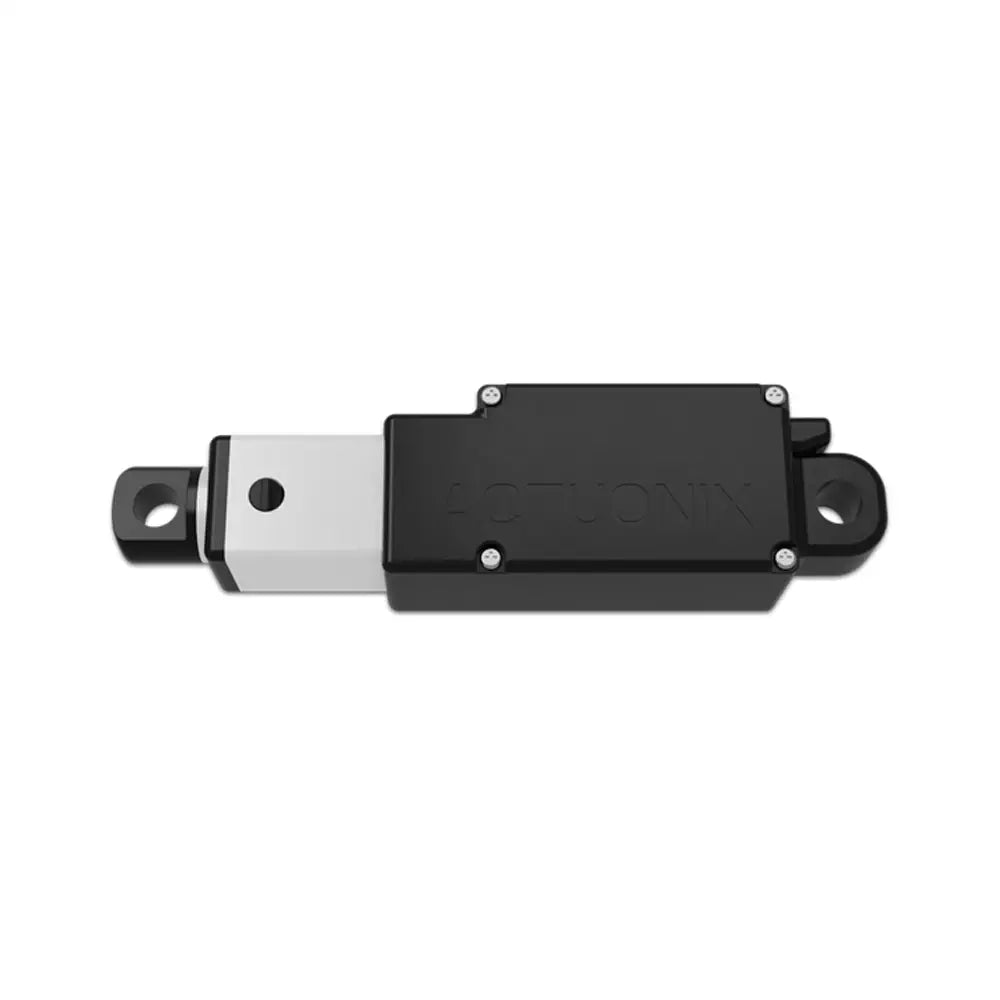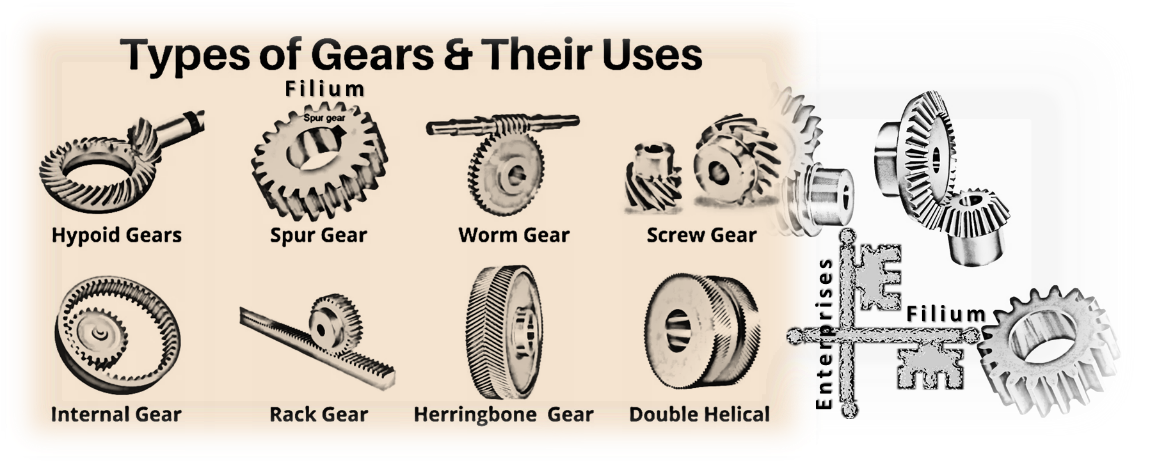Precision Robotics- How Custom Gears Enhance Performance and Accuracy
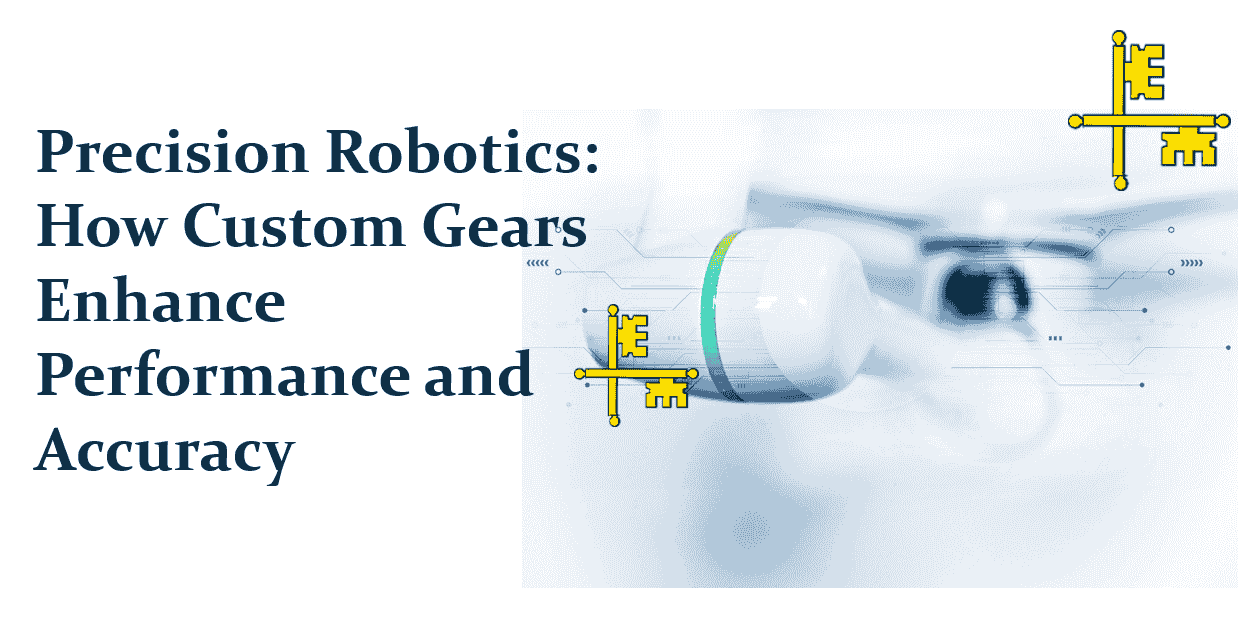
Precision Robotics: How Custom Gears Enhance Performance and Accuracy
In the world of robotics, achieving high precision and performance is non-negotiable. Whether in industrial automation, medical devices, or advanced manufacturing, robots need to operate with unmatched accuracy. One critical component that plays a key role in ensuring this level of precision is gears. Specifically, precision robotics gears and custom gears for robotics significantly impact the efficiency, reliability, and accuracy of motion control systems in robotics. In this article, we’ll delve into how custom gears enhance robotics’ performance and why they are indispensable in the field of motion control robotics.
Table of Contents
- Introduction
- The Role of Gears in Robotics
- Custom Gears: Tailoring Performance for Robotics
- Applications of Custom Gears in Robotics
- Conclusion: The Future of Robotics Lies in Custom Gears
The Role of Gears in Robotics
Gears are mechanical devices used to transfer motion and torque between machine components. They are particularly essential in robotics, where precise movement is needed to perform tasks such as lifting, rotating, and positioning objects. Gears convert the rotational motion from a motor into the required motion for the robot to function effectively. For motion control robotics, this is especially critical as even the smallest variation in gear performance can lead to inaccuracies, compromising the entire system's functionality.
The Importance of Precision in Robotics
In robotics, precision is paramount. A slight deviation from expected movement can result in errors, downtime, or, in some cases, catastrophic system failures. High-precision robotics gears are engineered to offer minimal backlash, wear, and resistance, ensuring that movements remain accurate and consistent over time. These factors are essential in applications where even a millimeter or second of deviation could impact the overall outcome.
For example, in medical robots used for surgeries, precision gears are necessary to perform complex operations that require exact, tiny movements. In manufacturing robots, precision gears ensure that the robot can handle intricate assembly tasks with high consistency.
Custom Gears: Tailoring Performance for Robotics
While standard gears might work in many mechanical systems, robotics often demands highly specialized components to meet specific operational needs. This is where custom gears for robotics come into play. Custom gears are designed to match the exact requirements of a robot's application, providing the necessary performance characteristics, such as:
1. Optimized Gear Ratios
In robotics, the motion required might demand precise gear ratios that can’t be found in off-the-shelf products. Custom gears allow engineers to design gear sets that optimize torque, speed, and efficiency, providing a robot with the right level of power for its specific tasks. For example, a high-speed robotic arm might require a specific gear ratio to provide swift movement while ensuring it doesn't sacrifice precision.
2. High Efficiency and Low Friction
Custom gears can be designed with materials and surface finishes that minimize friction and energy loss. This enhances the overall efficiency of the system, reducing the risk of overheating or wear, which can ultimately degrade performance. In applications like motion control robotics, where consistent and smooth operation is essential, low-friction gears are invaluable in maintaining high efficiency over long periods.
3. Reduced Backlash
Backlash, the slight movement that occurs when gears change direction, is a common issue in many mechanical systems. In robotics, even a tiny backlash can cause the robot to lose precision. Custom gears can be designed with tighter tolerances to reduce backlash, ensuring that the robot’s movements are precise and responsive. This is particularly important in applications where robots must perform tasks with high degrees of accuracy.
4. Compact and Lightweight Designs
Robots, especially those used in aerospace or medical applications, require lightweight components that do not compromise strength. Custom gears can be designed to optimize size and weight, ensuring that they fit within the robot’s constraints while still delivering the necessary power and torque. A compact gear system can significantly contribute to the overall robot's agility and performance.
Applications of Custom Gears in Robotics
Custom gears are used in a wide range of robotic applications, and their impact on performance and accuracy is clear. Some of the most notable uses include:
1. Industrial Automation
In industrial settings, robots are tasked with performing repetitive, high-precision tasks such as assembly, welding, and packaging. Custom gears in these robots ensure smooth, coordinated movement even under heavy loads or extreme operating conditions. With precision robotics gears, the robot can execute tasks with minimal errors, leading to increased productivity and reduced downtime.
2. Medical Robotics
Medical robots, such as those used in surgery, rehabilitation, or diagnostics, require exceptional precision. Custom gears are designed to handle the complex, intricate movements required in these applications. These gears ensure that medical devices can operate within tight tolerances, reducing the risk of human error and increasing the success rate of delicate procedures.
3. Aerospace Robotics
Aerospace robots, whether used for satellite maintenance, exploration, or construction, demand highly specialized gear systems. Custom gears in these systems ensure that the robots can operate in challenging environments, such as zero gravity or extreme temperatures, while maintaining high accuracy and reliability.
4. Robotic Exoskeletons
For robotic exoskeletons used in physical rehabilitation or to assist people with disabilities, custom gears are vital to providing smooth, natural movement. These gears help create the precise control needed to mimic human motion and support the user’s body in a way that feels intuitive and comfortable.
Conclusion: The Future of Robotics Lies in Custom Gears
As the field of robotics continues to evolve, the need for precision robotics gears and custom gears for robotics becomes increasingly apparent. Custom-designed gears ensure that robots can perform their tasks with the utmost precision, reliability, and efficiency, which is crucial for applications ranging from industrial automation to healthcare. As robotics technology advances, these gears will play an even greater role in pushing the boundaries of what robots can achieve, driving innovation and enhancing overall performance.
For engineers and designers working in motion control robotics, investing in high-quality, custom gears is not just a choice—it’s an essential step in ensuring that robotics systems operate at the highest level of accuracy and efficiency.
Related Products
Here are some relevant statistics and facts that can complement the article on precision robotics and custom gears:
1. Global Robotics Market Growth
- The global robotics market size is expected to reach $74.1 billion by 2026, growing at a compound annual growth rate (CAGR) of 26.3% from 2019 to 2026 (Source: Fortune Business Insights). This highlights the increasing demand for high-precision components like precision robotics gears in various industries.
2. Precision in Robotics
- In high-precision robotics, even a 0.1 mm discrepancy in gear movement can lead to significant errors, particularly in applications like surgical robots or 3D printing systems. This emphasizes the importance of custom gears in maintaining robotic accuracy.
3. Gears in Motion Control
- The use of custom gears is critical in motion control robotics, which accounts for over 40% of the robotics industry's components (Source: Robotics Business Review). These custom components are essential for ensuring the accuracy and efficiency of robotic motion systems.
4. Medical Robotics Impact
- The global medical robotics market is projected to grow from $10.6 billion in 2020 to $24.4 billion by 2027, with a CAGR of 12.7% (Source: Grand View Research). This growth is driven by advances in robotic systems where precision gears play a vital role in medical robots' success, such as in minimally invasive surgeries.
5. Industrial Automation and Robotics
- In the industrial sector, robots can reduce production time by up to 30%, significantly improving operational efficiency (Source: McKinsey). Custom gears help ensure that these robots operate smoothly and accurately, especially in tasks requiring high-speed movements and precision.
6. Aerospace Robotics
- Aerospace companies have used robotics for years to build and maintain satellites and spacecraft. The precision of robotics in these applications is critical, as even the smallest mechanical failure can result in a mission's failure. Custom gears are designed to withstand extreme conditions such as zero gravity, high radiation, and extreme temperatures.
7. Reducing Backlash in Robotics
- Backlash—the slight delay between gears in motion—can significantly impact robotic accuracy. For high-precision applications like robotic surgery, reducing backlash by as much as 90% can drastically improve performance and minimize errors, especially when custom gears are used.
8. Efficiency of Low-Friction Gears
- The use of low-friction materials in custom gears can improve the overall efficiency of robotic systems by reducing energy consumption and preventing overheating. Some advanced custom gears made from materials like ceramics or composite alloys can reduce friction by up to 50% compared to traditional metal gears.
